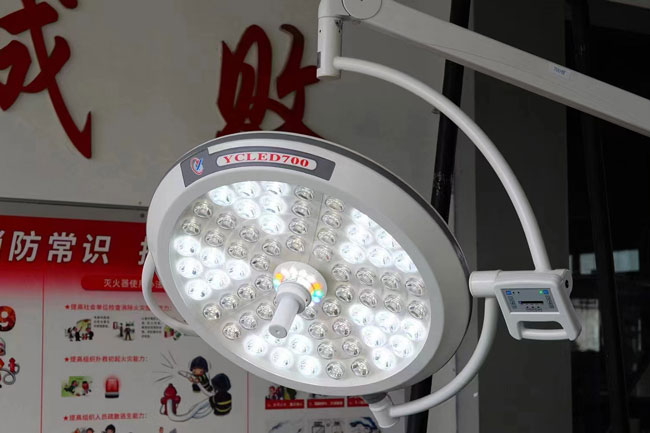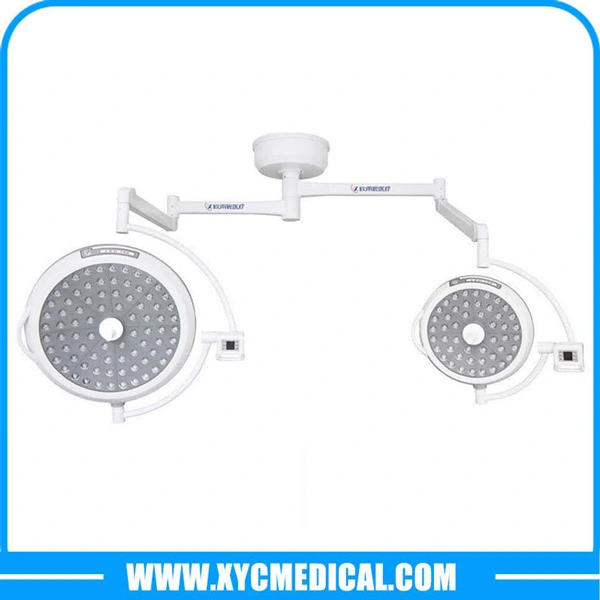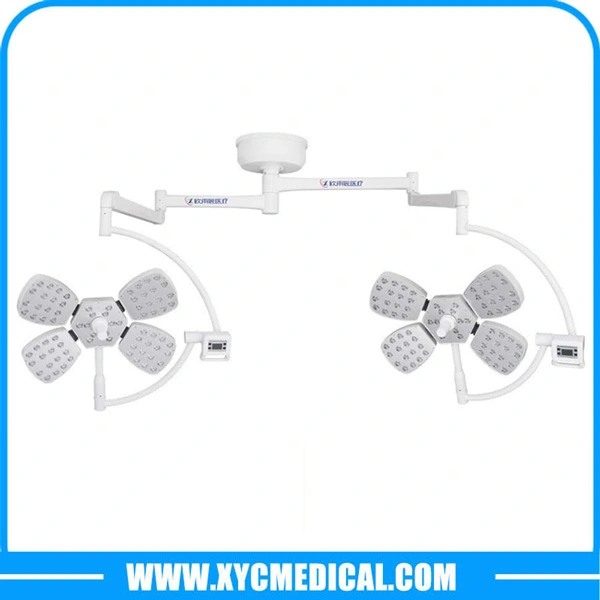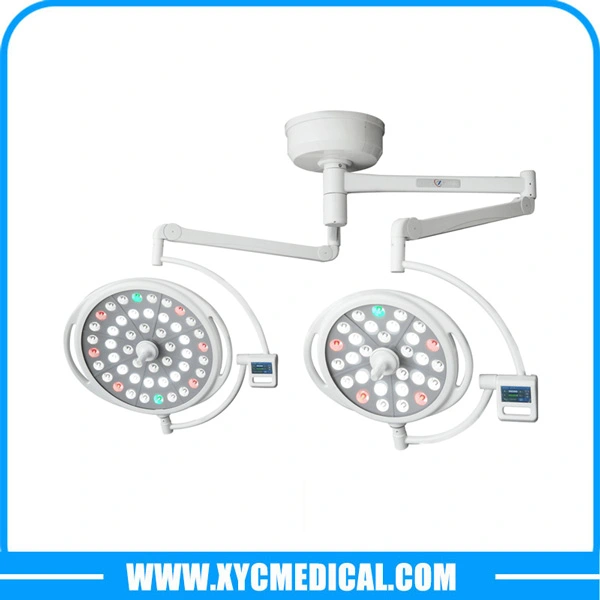Precautions for use and maintenance of surgical OT light
Surgical OT lights are primarily used for medical lighting in the operating room. The main difference between ordinary lamps is that OT lights meet special surgical requirements.

First, operating room lighting requires a specific level of brightness. Surgeons must be able to distinguish contours, colors, and movement accurately. Therefore, they require a light intensity equivalent to that of daylight, which must be at least 100,000 Lux of light intensity.
Second, safe surgical lighting is necessary. Surgical OT lights can provide a single lamp with up to 160,000 Lux illuminance, and their brightness can be steplessly adjusted. In case of failure during surgery, surgical lights can automatically switch to the backup bulb within 0.1 seconds, thereby providing safe surgical lighting.
Third, surgical lighting must meet the requirement of having no shadow. Multilateral reflectors in surgical lights can achieve shadow-free lighting. These reflective surfaces are formed through industrial stamping, with a high reflectivity of 95%. This design ensures that the surgical area is uniformly illuminated without any shadows, even when the surgeon's shoulder, hand, or head interrupts the light source.
Fourth, cold light requirements are necessary. Surgical lamps must avoid generating heat while providing bright light. These lamps can filter out 99.5% of the infrared component through a new filter to ensure that the light reaching the surgical area is cold light.
Finally, surgical OT lights must also meet the requirement for dismantling and disinfection. The design and installation of surgical lights are important in controlling pathogens. The high standard sealing handle allows for disassembly and effective disinfection.

Precautions and Maintenance:
I. Daily Inspection:
1. Verify the lamp's working condition:
Method: Use a white paper in the work area and check for the emergence of an arc-shaped dark shadow. If detected, change the corresponding bulb.
2. Ensure the disinfection handle is in place:
Method: Two "clicks" when installed.
Cleaning:
1. Use a weak alkaline solvent (soapy water) to clean the sassafras appearance.
2. Avoid using chlorine-containing detergent (can damage metal) and alcohol-based detergents (can damage plastic and paint).
II. Monthly Inspection:
Mainly to verify that the backup power system (battery) is normal.
Method: Cut off the 220V power supply to see if the backup power starts.
III. Average Bulb Life:
The lampholder should be replaced annually. Replace it based on the manufacturer's designated bulb after 1000 hours of use.
IV. Annual Inspection:
A professional manufacturer should perform this inspection. All aging parts should be replaced.
Maintenance Four-Step Method:
A. Fastening:
1. Power cord connector (control box input and output)
2. Screws at each connection
3. Brush
B. Adjustment:
1. Rotary limit
2. Bulb working voltage (23V AC+DC)
3. Joints brake
C. Check:
1. Verticality of the suspension tube and balance of the suspension system
2. Tightness of screws in each connection
3. Brake functionality when each joint moves
4. Rotation limit
5. Heat dissipation effect
6. Lamp holder bulb status
D. Inspection:
1. Installation of disinfection handle
2. Light illumination
3. Diameter of the light spot.
Article From: Shandong Xinyuchen Medical Equipment Co., Ltd.







